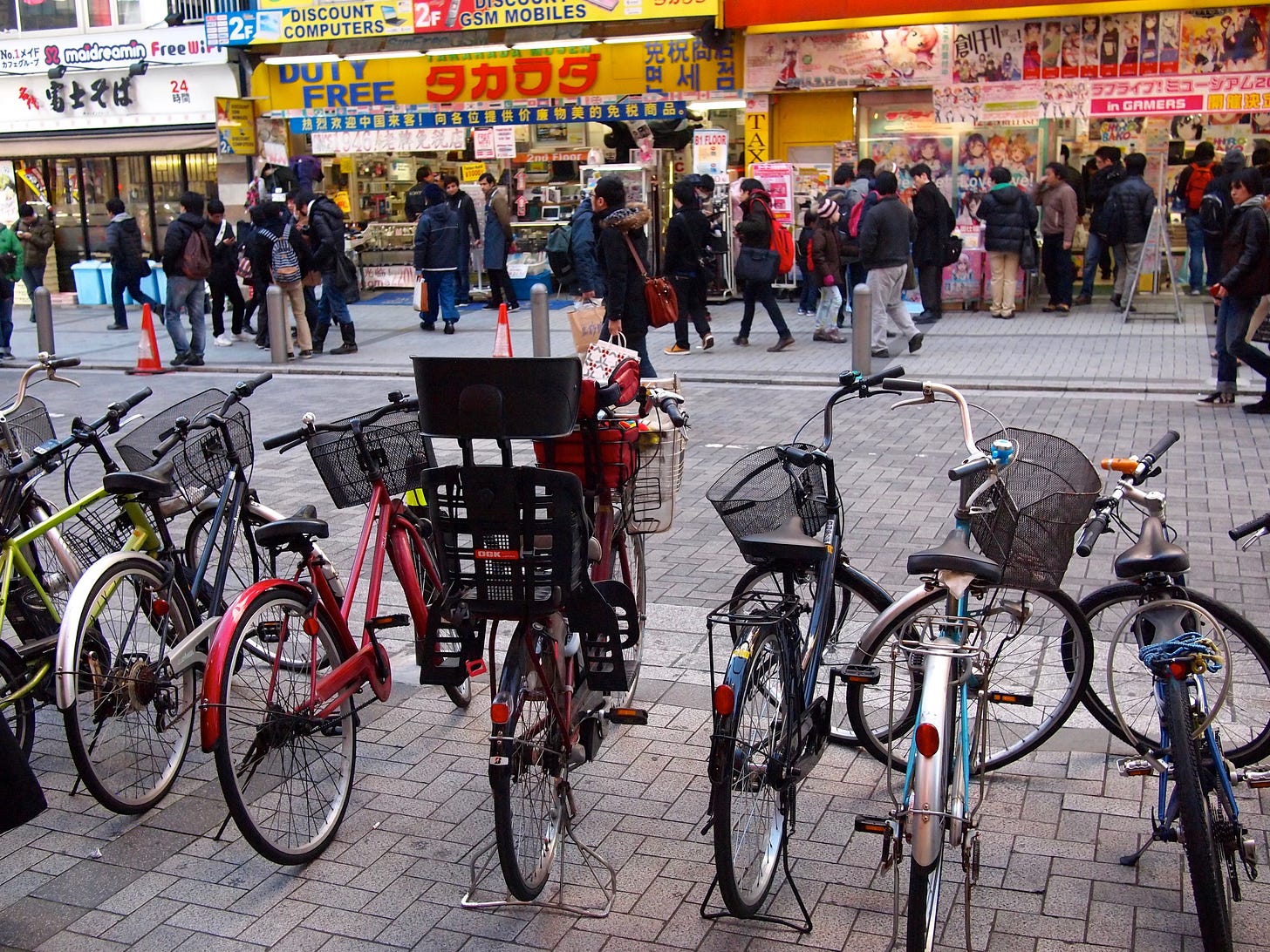Ink and Neon: A Season of Stillness in Japan
From Tokyo’s skyline to Kyoto’s quiet corners—how a year teaching English revealed a Japan I never stopped returning to
By the time I arrived in Tokyo, I had lived on beaches and in bush camps, on islands and out of backpacks. Japan was different. It wasn’t rugged or remote. It was everything at once: structured, strange, poetic, precise. It didn’t ask me to survive—it asked me to observe. And in doing so, it taught me a different kind of presence.




